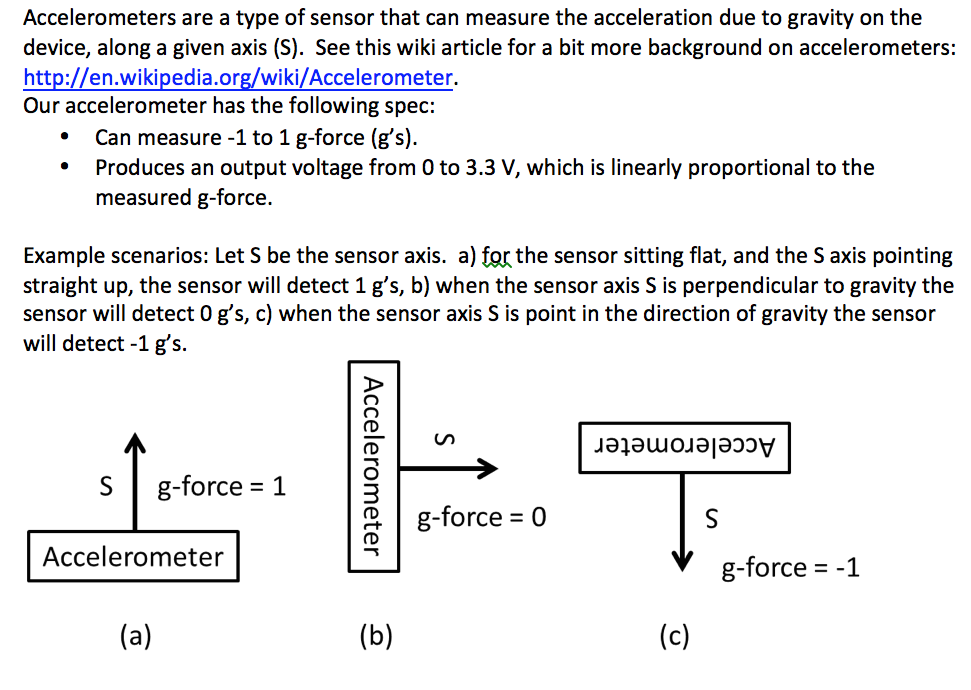
The formula of gravity is indicated by G GM / R2. Introduction to Physics for Scientists and Engineers, 2nd Ed. The acceleration due to gravity on the moon, also known as the magnitude of g on the moon, is 1,625 m / s2. "New ultrahigh-resolution picture of Earth's gravity field". The formula is:į = G m 1 m 2 r 2 F=G: CS1 maint: postscript ( link)


Newton's law of universal gravitation states that there is a gravitational force between any two masses that is equal in magnitude for each mass, and is aligned to draw the two masses toward each other. This does not take into account other effects, such as buoyancy or drag. Locations of significant variation from this value are known as gravity anomalies. A conventional standard value is defined exactly as 9.80665 m/s 2 (32.1740 ft/s 2). Formula G Gnmm2 Gravitational Constant( m3 ) mass of particle 1 of particle 2 Distance between m, & m2 getcalc Formula D p c CpAv2 Drag Force fluid density relative velocity drag coefficient 0. That would be 27,000 miles per hour squared. Formula ma Net Force mass acceleration getcalc.
#Acceleration to g force formula free
At different points on Earth's surface, the free fall acceleration ranges from 9.764 to 9.834 m/s 2 (32.03 to 32.26 ft/s 2), depending on altitude, latitude, and longitude. Calculation examples Example 1: If your car starts at 0 mph and accelerates to 60 miles per hour in 8 seconds, what is its average acceleration during these eight seconds The answer is (60 mph - 0 mph) / 8s (26.8224 m/s - 0 m/s) / 8s 3.3528 m/s 2 (meters per second squared) average car acceleration. All bodies accelerate in vacuum at the same rate, regardless of the masses or compositions of the bodies the measurement and analysis of these rates is known as gravimetry.Īt a fixed point on the surface, the magnitude of Earth's gravity results from combined effect of gravitation and the centrifugal force from Earth's rotation. This is the steady gain in speed caused exclusively by the force of gravitational attraction. Now, since weight is a force, its SI unit. In physics, gravitational acceleration is the acceleration of an object in free fall within a vacuum (and thus without experiencing drag). Specifically, the weight force W is equal to the object's mass m multiplied by the acceleration due to gravity g. Where v2 and v1 are the instantaneous velocities at. The transition from static friction to kinetic friction is illustrated in Figure 6.11. A system in which fk kN is described as a system in which friction behaves simply. where k is the coefficient of kinetic friction.

For a given interval of time, it is denoted as. The magnitude of kinetic friction fk is given by. JSTOR ( December 2010) ( Learn how and when to remove this template message) The average acceleration over a period of time is defined as the total change in velocity in the given interval divided by the total time taken for the change.Unsourced material may be challenged and removed.įind sources: "Gravitational acceleration" – news Please help improve this article by adding citations to reliable sources. This article needs additional citations for verification.


 0 kommentar(er)
0 kommentar(er)
